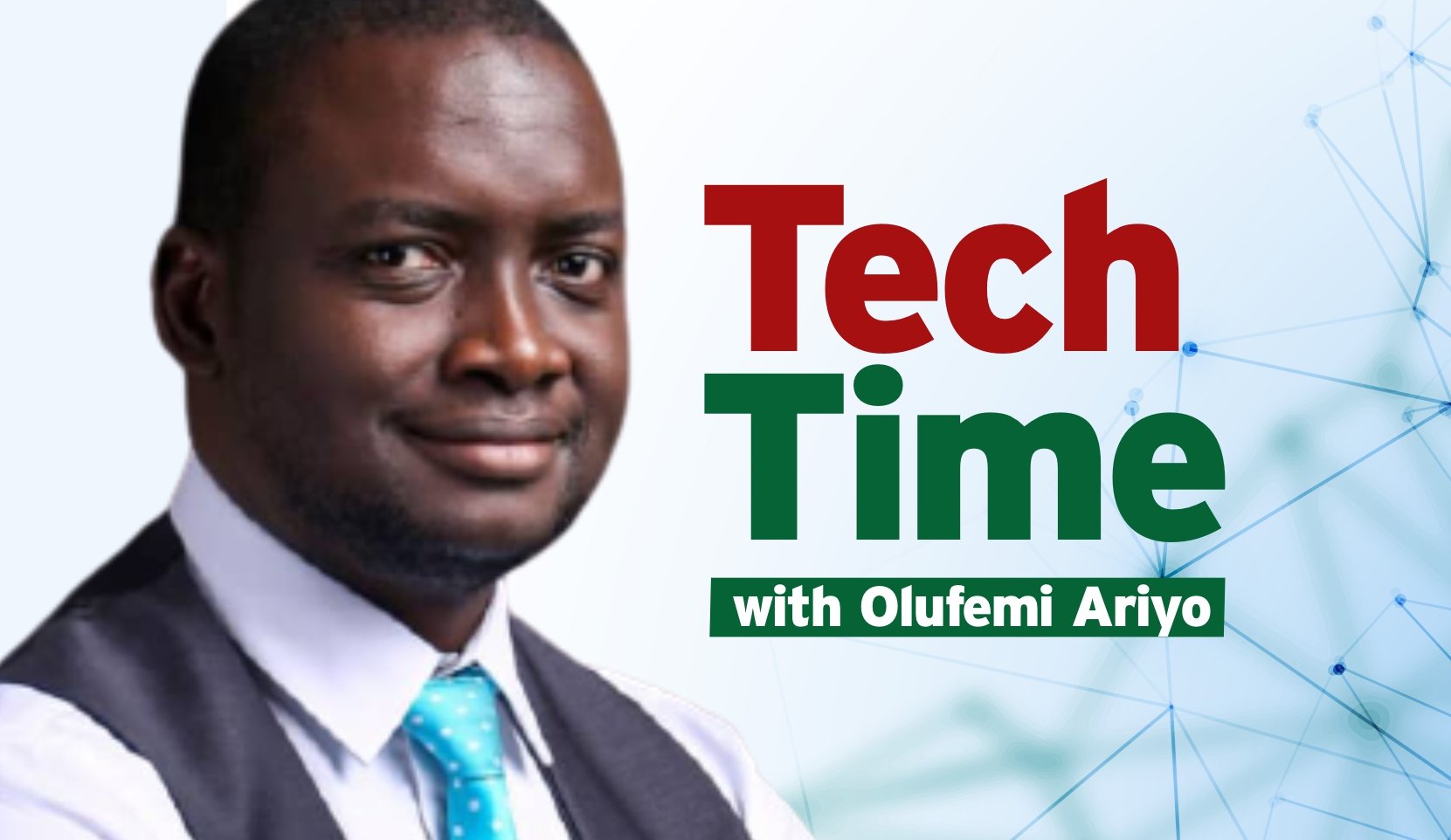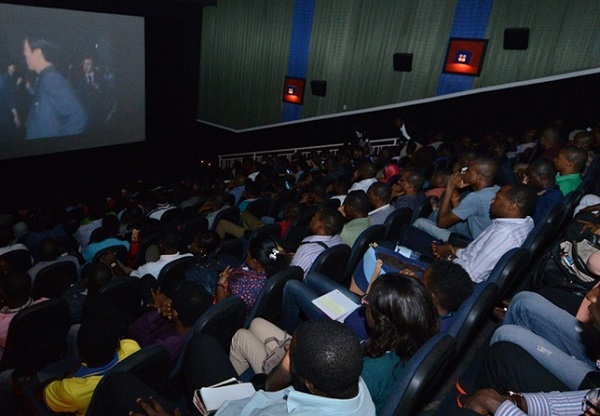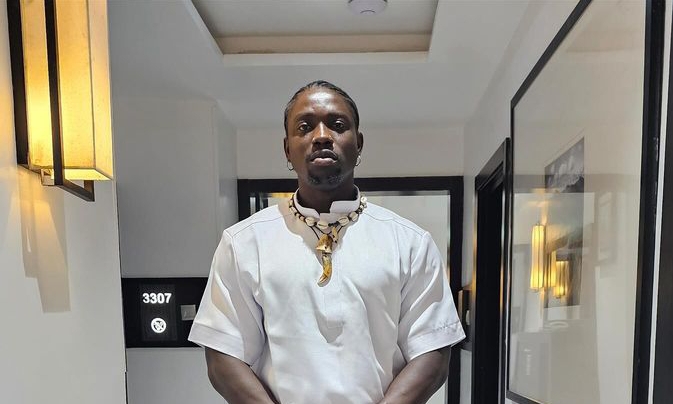Diana Graber says “If you can be anything be kind, remember there is a real person behind the screen with real feelings.” Our lives are intricately engaged with technology in ways both profound and pervasive. From the tip of our finger to the abyss of cyberspace, we find ourselves musing through a gamut of options, notifications, and concurrent virtual connections with each keystroke shaping our experiences and identities in the digiverse. Yet, amidst the inundating buzz of bytes and pixels, a question emerges: How do we find balance in a world where the allure of technology is matched only by its capacity to overwhelm?
This thought piece embarks on a journey with Sade, a fictional protagonist whose experiences mirror our own, as she grapples with the complexities of navigating digital well-being today. From the trenches of digital distractions to the heights of personal growth and ethical reflection, Sade’s odyssey is laced with insights and inspiration for anyone seeking to reclaim agency in their relationship with technology. We will consider strategies for balancing technology use, managing mental health and wellness, and advocating for ethical tech practices in an ever-changing landscape. It gets blurrier between the virtual and the real, and the need for digital well-being takes center stage.
Many of us, like Sade, have tasted the hold of technology, be it the pull of social media feeds or the pressure to be constantly reachable for work-related matters. However, recognizing the need for change is the first step towards regaining mastery over our digital habits and reclaiming our time for activities that nourish our minds and bodies. Implementing a digital curfew, as Sade did, can be a phenomenal strategy for setting boundaries and prioritizing offline activities. By defining specific times when digital devices are off-limits, like an hour before bedtime or during meals, individuals can deliberately create space for relaxation, quality time with loved ones, and pursue interests that bring fulfillment.
Setting boundaries around technology use mitigates the negative results of prolonged screen time, like eye strain, sleep disturbances, and decreased productivity, and endears deeper connections with ourselves and others. It allows us to be more present in the moment, engage in meaningful conversations, and savor the vast richness of offline experiences. Yes, finding the right balance is an individual process. What works for one person may not necessarily work for another. We must try different strategies and tailor them to our unique needs and lifestyles. Some additional tips are:
Advertisement
1. Create Tech-Free Zones: Mark out certain areas of your home, such as the bedroom or dining table, as tech-free zones to encourage mindfulness and relaxation.
2. Plan Screen-Free Activities: Dedicate some time each day for screen-free activities, like reading a book, going for a walk, or reminiscing through past events.
3. Engage Mindful Tech Use: Before grabbing your smartphone, pause and ask yourself if your digital interaction syncs with your intentions and values. Such mindfulness can help grow awareness and reduce habitual mindless scrolling.
Advertisement
4. Delimit Your Work: Set clear boundaries between work and personal life by defining specific work hours and refraining from checking emails or messages outside those times.
5. Use Analog Hobbies: Rediscover the joy of analog activities like painting, gardening, or playing musical instruments, which offer opportunities for creativity and self-expression.
6. Prioritize Sleep Hygiene: Have a bedtime routine that includes winding down without screens to promote better sleep quality and overall well-being.
7. Get Support: If it is challenging to balance technology use, consider getting help from friends, family members, or mental health professionals. You are not alone in this stride and reaching out for support is a sign of strength.
Advertisement
Furthermore, notifications constantly strive for our attention, and information overload is a common occurrence, maintaining a sense of presence and focus can feel daunting. For Sade, discovering the power of mindfulness was a transformative experience in managing her tech consumption. Through daily muse and mindful breathing exercises, she learned to cultivate a deep sense of presence and attention, allowing her to navigate the digital landscape with clarity and purpose. Mindfulness, rooted in ancient contemplative traditions, involves paying deliberate attention to the present moment without judgment. It encourages us to observe our thoughts, emotions, and sensations with curiosity and acceptance, rather than getting swept away.
When applied to personal development, mindfulness provides a potent antidote to the scattered attention and compulsive behaviors accompanying digital consumption. Sade and many individuals leverage online platforms and educational resources to expand their knowledge, acquire new skills, and pursue their passions. A benefit of using technology for personal growth is the accessibility it offers. With a simple internet connection, one can access a vast array of learning resources from anywhere in the world, often at their own pace and convenience. We can learn a new language, master a technical skill, or research topics of personal interest.
By embracing technology as a tool for personal growth, Sade discovered a variety of ways to enhance her knowledge and skills, including:
1. Language Learning Apps: With language learning apps like Duolingo, Babbel, or Rosetta Stone, Sade immersed herself in a new language and developed proficiency at her own pace. These apps often use gamification and interactive exercises to make learning engaging and enjoyable.
Advertisement
2. Online Courses and Webinars: Sade enrolled in online courses and webinars covering topics, from business and technology to personal development and creative arts. Platforms like YouTube, Coursera, Udemy, and Khan Academy offer courses taught by experts in their respective fields, allowing individuals to acquire new skills and deepen their understanding of subjects of interest.
3. E-Books and Digital Libraries: With the rise of e-books and digital libraries, Sade had access to a vast collection of reading materials on her smartphone, tablet, or e-reader. Whether interested in fiction, non-fiction, or self-help literature, she could easily download books and articles to fuel her curiosity and expand her worldview.
Advertisement
4. Podcasts and Online Communities: Sade used podcasts and online communities focused on topics relevant to her personal and professional interests. These platforms offered opportunities for learning, networking, and connecting with like-minded individuals who shared her passion for growth and development.
5. Skill-Building Platforms: Sade used skill-building platforms like LinkedIn Learning, Skillshare, or Udacity to develop specific competencies related to her career goals or interests. These platforms provide courses and tutorials in leadership development, programming, design, marketing, and more.
Advertisement
By embracing technology as a tool for personal growth, Sade embarked on a journey of continuous learning and self-discovery.
Additionally, recognizing the importance of prioritizing her well-being, Sade turned to technology for support, discovering a wealth of resources tailored to her needs. Here is how technology became a valuable companion in Sade’s journey toward mental health and wellness:
Advertisement
1. Get Mindfulness Apps: Sade began her exploration by downloading mindfulness apps that offered guided meditations, breathing exercises, and relaxation techniques. Apps like Headspace, Calm, and Insight Timer offered her accessible tools to manage stress, cultivate mindfulness, and foster a greater sense of calm and resilience in her daily life.
2. Use Virtual Therapy Sessions: Seeking professional support, Sade explored virtual therapy platforms that offered remote counseling and mental health services. Through video calls or messaging sessions with licensed therapists, she received personalized guidance, coping strategies, and emotional support to navigate challenges and improve her overall well-being.
3. Join Online Communities: Sade found solace in online communities and support groups focused on mental health and wellness. Some of the forums were for anxiety sufferers, others were a subreddit dedicated to mindfulness practice, say a Facebook group for self-care enthusiasts, these digital spaces offered her a sense of connection, empathy, and solidarity with others facing similar struggles.
4. Mood Tracking Apps: Sade used mood tracking apps to monitor her emotional well-being and identify patterns in her mood fluctuations. By recording her thoughts, feelings, and behaviors regularly, she gained insights into her mental health journey and made informed decisions about self-care and intervention strategies.
5. Use Digital Journals: Sade embraced digital journaling for self-reflection, expression, and emotional processing. With a simple note-taking tool, writing regularly helped her clarify her thoughts, release pent-up emotions, and cultivate a greater self-awareness and acceptance.
6. Wellness Wearables: Sade invested in wellness wearables, such as fitness trackers or smartwatches, that offered features for monitoring stress levels, tracking physical activity, and promoting better sleep habits. These devices provided valuable data insights and reminders to prioritize her health and well-being throughout the day.
By leveraging technology for mental health and wellness, Sade discovered a range of resources and support systems that empowered her to take proactive steps toward self-care and emotional resilience.
Lastly, the ethical implications of our tech use have never been more pronounced. Sade recognized the importance of critically examining her digital footprint and online behavior, leading her to embark on a journey toward ethical tech use and digital citizenship. Here is how Sade embraced ethical tech practices and became a responsible netizen:
1. Privacy Awareness: Sade became more mindful of her online privacy and the potential risks of sharing personal information online. She reviewed the privacy settings on her social media accounts, opted out of unnecessary data collection practices, and educated herself on best practices for safeguarding her digital identity.
2. Data Security: Sade took proactive steps to improve her data security and protect herself against cyber threats. She strengthened her passwords, enabled two-factor authentication on her accounts, and regularly updated her software and antivirus programs to mitigate the risk of data breaches and cyberattacks.
3. Critical Consumption: Sade developed a more critical stance towards the content she consumed online, questioning the credibility and bias of sources and fact-checking information before sharing it with others. By being discerning about the content she engaged with, she sought to combat misinformation and promote digital literacy in her online communities.
4. Digital Empathy: Sade cultivated empathy and compassion in her online interactions, recognizing the impact of her words and actions on others in the digital realm. She practiced kindness and respect towards her peers, refrained from cyberbullying or harassment, and advocated for a more inclusive and supportive online environment.
5. Advocacy and Activism: Inspired to make a difference, Sade became an advocate for ethical tech practices and digital rights. She supported organizations and initiatives dedicated to promoting online privacy, internet freedom, and digital equity using her voice to raise awareness and drive positive change in the tech industry and beyond.
6. Lifelong Learning: Sade embraced a mindset of continuous improvement and continued to educate herself about emerging technologies, digital trends, and ethical dilemmas in the digital age. By staying informed and engaged, she empowered herself to navigate complex ethical issues and contribute to constructive dialogues about the responsible use of technology in society.
In hindsight, Sade’s journey towards navigating digital well-being moved from balancing technology use to managing digital distractions, seeking opportunities for personal growth, and prioritizing mental health and wellness, Sade’s experiences underscore the profound impact that technology can have on our lives. As Sade reflected on her digital footprint and online behavior, she recognized the ethical implications of her tech use and embraced the principles of responsible digital citizenship. With a newfound awareness of online privacy, data security, and digital empathy, she advocates for ethical tech practices, striving to create a safer, more inclusive online environment for herself and others.
Through mindfulness, intentionality, and a commitment to lifelong learning, Sade navigated the complexities of the digital landscape with clarity and purpose. By setting boundaries, embracing technology as a tool for personal growth, and prioritizing her mental health and well-being, she found equilibrium in a world characterized by constant connectivity and digital distractions. Sade’s journey serves as a reminder that while technology offers immense opportunities for connection, learning, and empowerment, it also presents challenges that require thoughtful consideration and proactive engagement. By approaching technology with mindfulness, empathy, and ethical consciousness, we can harness its potential to enhance our lives while safeguarding our well-being and preserving our values. In all, finding balance cultivates a harmonious relationship with technology, one that honors humanity, respects our boundaries, and enriches lives in meaningful ways. As we steer through, may we remain steadfast in our commitment to ethical tech use, digital well-being, and the collective pursuit of a more compassionate and equitable digital future.
Thank you for the great investment in time. Please follow my Medium: https://medium.com/@roariyo (for more of my curated thoughts) and LinkedIn: https://www.linkedin.com/in/olufemi-ariyo-923ba6130/ or send an email to [email protected]






